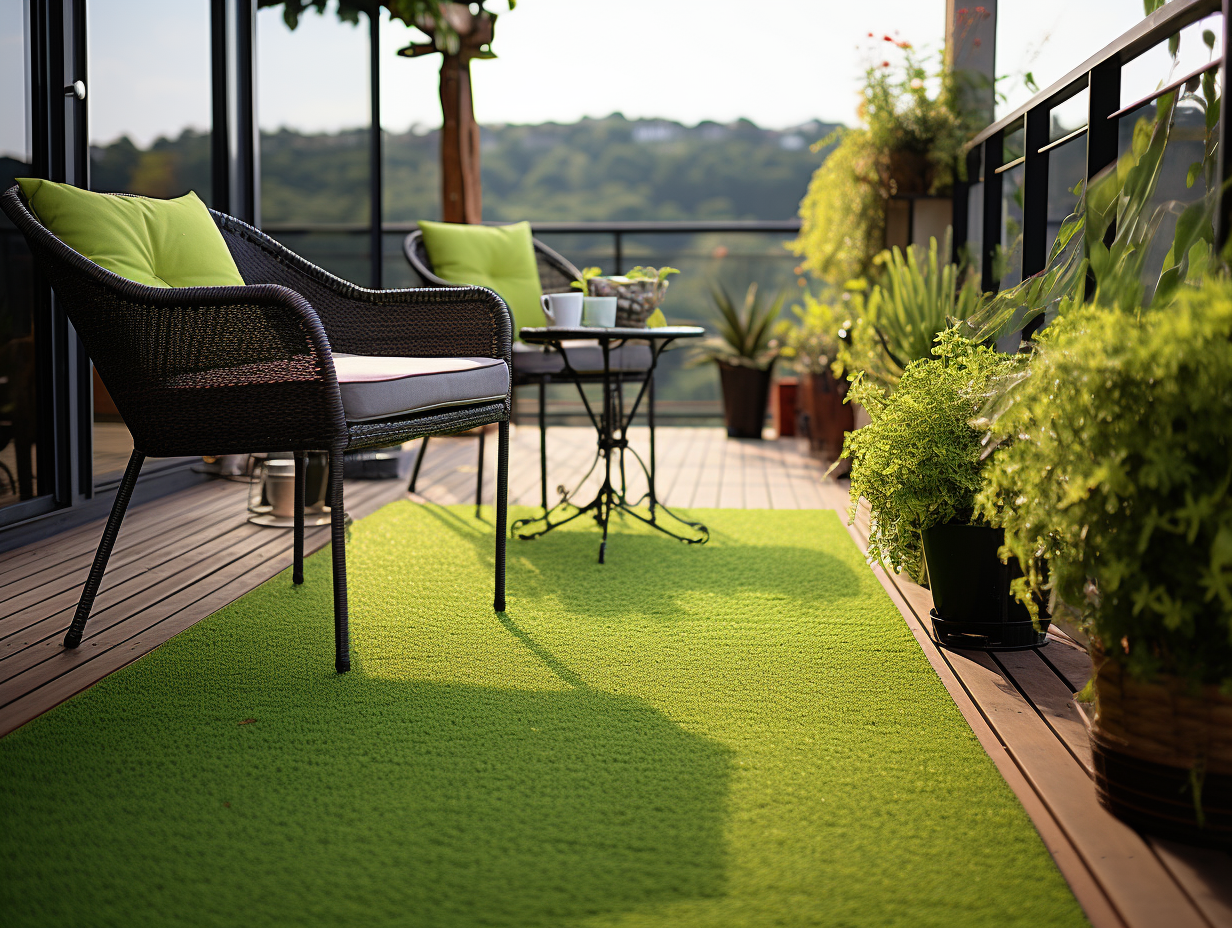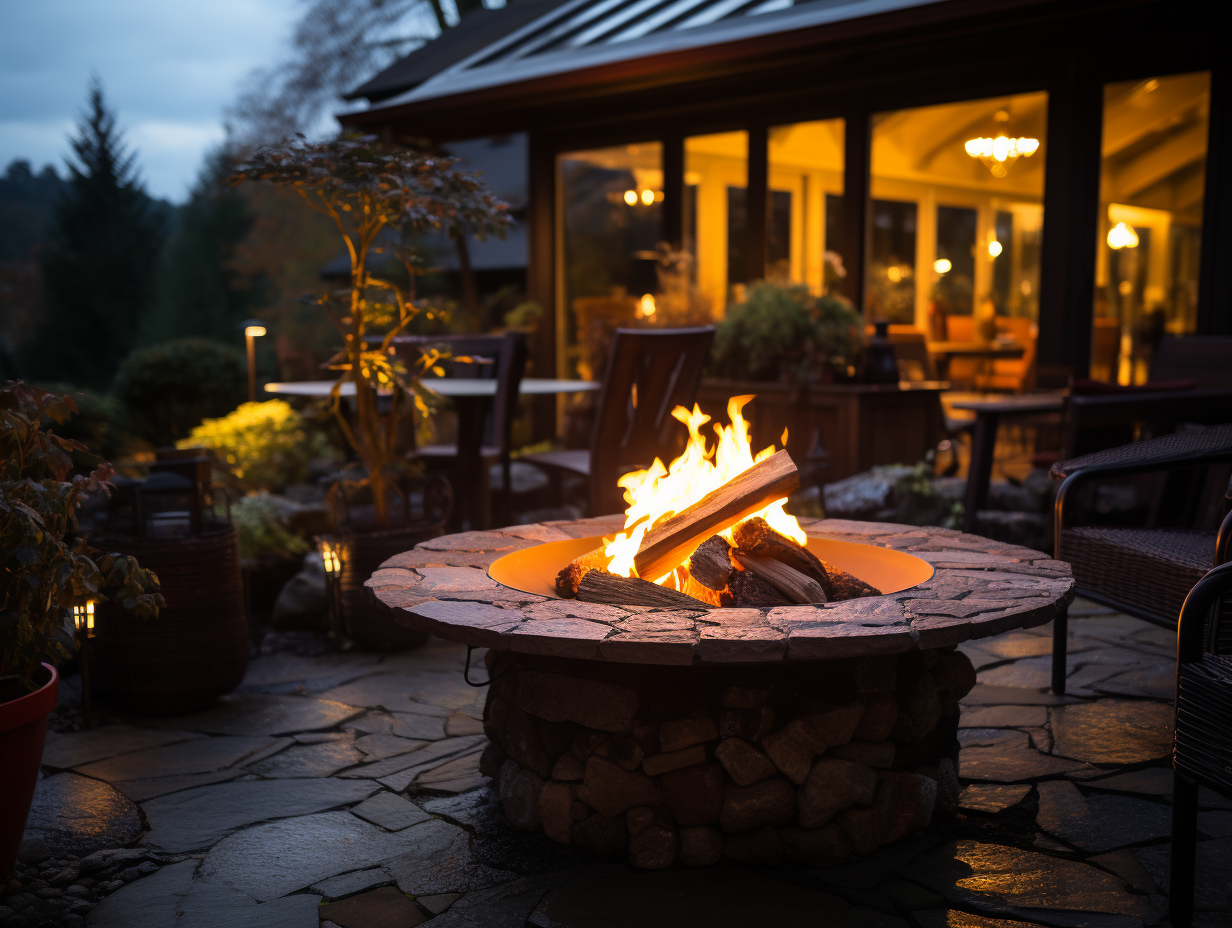The best type of gravel for a patio base is 3/4-inch crushed stone this will prevent the patio base from shifting, cracking, or washing away. Gravel needs to be durable and long-lasting.
Walkways, patios, driveways–they all need a base. The key to choosing the right material for your project is considering what you’ll be using it for.
If you’re looking for something that will do double duty as both an attractive surface and a functional one, gravel is the way to go!
This blog post will help you decide which type of gravel to use based on where it needs to go and how much traffic it needs to withstand.
Types of Paver Base Materials
There are 5 main types of gravel used for paver base materials. They’re all very different, so it’s important to know which one is right for your project.
Read More: [Surprising] The Cheapest Way To Build a Patio
Sand
Sand is the most common choice of base material for hardscapes. It’s cheap, readily available, and easy to work with.
But it also has some drawbacks that make it less than ideal in certain situations.
Sand compresses easily under foot traffic but doesn’t compact well when exposed to moisture for extended periods, making puddles more likely on rainy days after your project is complete.
Sand can be bought by the bag at garden centers or quarries near you; however, because sand varies depending on where it comes from (and even year-to-year), you might want to consider buying a bulk delivery instead if possible!
While this will cost more upfront, you’ll know exactly what type of quality your soil contains without any guesswork and you can be sure it will work perfectly for your project.
Crushed Stone
Crushed stone is the best option for a patio base and experts recommend crushed stone size for a patio that is 3/4-inches in size.
Crushed stone comes in a wide range of sizes, from pebble to boulder-sized pieces and everything in between.
The size you choose depends on how much traffic your project is expected to take.
Read More: Free Pea Gravel Calculator
The beauty of gravel as a base material is that its angular shape allows rainwater to flow through easily without creating puddles or mud–great if you want something easy to care for but don’t have drainage near where you’re placing the hardscape!
Gravel also has excellent draining properties when used underneath flagstone patios, pavers, or walkways with an open design so water doesn’t pool up against them over time.
Although gravel averages about $25 per cubic yard, you can save money by buying it in bulk (usually delivered to your driveway or curb) instead of at the store–and that means more for your home improvement budget!
Recycled Concrete Aggregate
Recycled concrete aggregate (RCA) is an environmentally friendly crushed stone alternative.
Before being broken up and sold, crushed stone is mined as “virgin aggregate.” Existing concrete is broken down into gravel to create RCA.
The RCA method produces less carbon and uses less energy than mining virgin aggregate, making it a more environmentally friendly solution.
Though RCA has a similar purpose to crushed stone in a paver base, it is impossible to tell which rock combinations are there.
When compared to crushed stone, this volatility may make RCA a less trustworthy base choice. Talk to your provider about the quality of their materials if you’re interested in an RCA paver base.
Stone Dust
Stone dust is a sand-like powder that is made out of finely powdered stones. Though it can be a useful basis element when combined with other materials, most experts advise against using stone dust as a base on its own.
Stone dust and finely powdered stone referred to known as “screenings,” belong to the fines material group, which contains an excessive number of dust particles.
The particles hold a lot of water and hinder the base layer from draining properly. This water accumulation, according to the Interlocking Concrete Pavement Institute, jeopardizes a base’s capacity to bear and distribute loads.
Choose a foundation material to keep your pavers secure and prevent them from moving.
Compacted Soil
The subgrade level beneath pavers is typically compacted soil. While it is technically possible to lay pavers directly into compacted dirt, this can lead to problems such as:
Poor drainage: Compacted soil does not always drain properly. Excessive moisture and prolonged wetness can cause your pavers to become unstable and uneven.
Initial unevenness: Depending on the location of your pavers, compacted soil alone may be difficult to achieve a completely level surface. Without a subbase or base level, even minor hills and valleys will affect the pavers.
Weather Warping: If the soil beneath your pavers freezes in the winter, the ground beneath them may sink and buckle as it thaws unevenly. Any changes in the ground will be reflected in your pavers, resulting in a potentially dangerous walkway.
It’s best to install your pavers into other materials on top of compacted soil for security and evenness.
Is Crushed Gravel Good For Patio?
Gravel makes an ideal choice for a patio. It has a soft, organic appearance and feels and costs less than half the price of stone or slate patios.
You can find gravel for patios in bulk from landscaping supply firms, as well as home building centers.
However, gravel can cause problems if you use it as a base for your patio. There are two main issues with using crushed gravel
As a patio base: weight and drainage
If the ground is not properly prepared prior to laying down the pea stone or other compactable material needed as a foundation under concrete slabs, excessive heaving of soil from frost action will crack those slabs over time.
This may also result in the cracking up of smaller stones that have been laid on top by piling them too high or overlapping each other when initially placed there.
When water percolates through aggregate that is granular like crumbs, then it gets collected at low points where solid particles cannot absorb any further moisture due to their own saturation levels.
This can cause problems with the patio if care is not taken.

![What Gravel To Use For Patio Base [Best Options]](https://www.cleverpatio.com/wp-content/uploads/2021/11/What-Gravel-To-Use-For-Patio-Base-270x180.jpg)


Leave a Reply